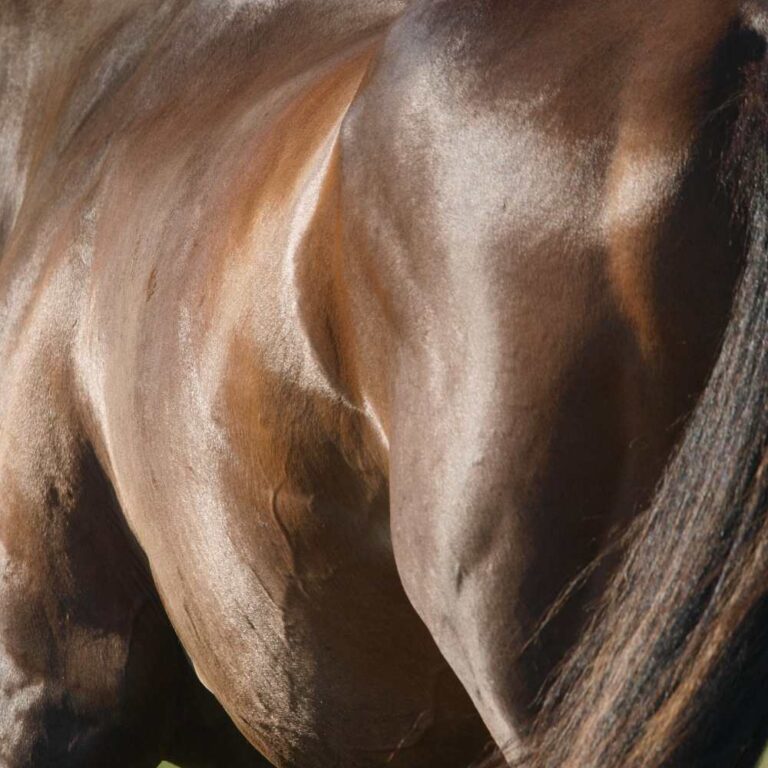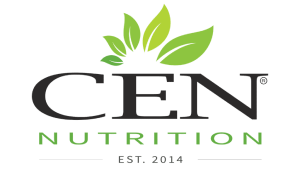
In this article:
Skeletal muscle cells vary in their structure and function
Muscle cell structure and function to different horse events
What can be trained in muscle cells?
Adaptations in muscle cells via training can improve performance
Skeletal muscle supports body structures, and enables movement of most body parts, including the head, neck, ribs and limbs.
Skeletal muscle makes up 40-50% of a horse’s body mass, and its structure and function is clearly important in exercise performance of all horses.
SKELETAL MUSCLE CELLS VARY IN THEIR STRUCTURE AND FUNCTION
Muscle cells are broadly divided into 3 main types: slow twitch oxidative (SO), fast twitch oxidative and glycolytic (FOG) and fast twitch glycolytic (FG). Other descriptions have also been used to characterize different muscle cell types, depending on methods used. These descriptors refer to the dominant energy pathways and to the speeds of the cell contractions in each of the 3 types. Other characteristics of the different types of mammalian muscles are available.
MUSCLE CELL STRUCTURE AND FUNCTION TO DIFFERENT HORSE EVENTS
1. Endurance horses
In reality, there is probably a continuum of muscle cell structure and function between different horses. Arabian and other endurance horses have a dominance of small, slow oxidative (SO) muscle cell fibres, which contract slowly but efficiently, and resist fatigue over very long-distance exercise. Efficiency refers to less heat produced per kilometer. They rely mostly on metabolism of fat with use of oxygen (aerobic metabolism) to slowly produce ATP for endurance performance. ATP is the molecule, that when broken down into ADP, releases energy in the muscle cells to support the energy demands of exercise.
2. Quarter horses
Muscle cells are broadly divided into 3 main types: slow twitch oxidative (SO), fast twitch oxidative and glycolytic (FOG) and fast twitch glycolytic (FG). Other descriptions have also been used to characterize different muscle cell types, depending on methods used. These descriptors refer to the dominant energy pathways and to the speeds of the cell contractions in each of the 3 types. Other characteristics of the different types of mammalian muscles are available.
2. Sport and Racehorses
Some fast twitch muscle cells can also support fast speeds via aerobic (oxidative) and anaerobic metabolism of glycogen (FOG). Ideal percentages of different muscle fibre types in an individual horse depend on the durations and intensities of the competition or race. It is not surprising that the ideal mix of muscle fibres for superior performance varies in 1200, 1600 m and 2400 Thoroughbred races, Standardbred racehorses, jumpers, cross country and polo competitions.
WHAT CAN BE TRAINED IN MUSCLE CELLS?
Most aspects of the skeletal muscle cell structure and metabolism for energy production can be trained. Ideal physical training causes the best adaptations that improve performance for the targeted event or race. The adaptations to different types of training have been studied widely in horses. Different muscle cell types adapt to different training methods.
ADAPTATIONS IN MUSCLE CELLS VIA TRAINING CAN IMPROVE PERFORMANCE
Muscle cell adaptations to exercise training can lead to improved performance by increasing characteristics such as:
- muscle cell size
- use of fat as energy source in endurance horses
- rates of glycogen use
- concentrations of enzymes and buffering chemistry
- concentrations of mitochondria
These changes can be measured by studies of muscle cells in research environments, but they are not applicable for general use by horse owners or trainers.
The more important issue for horse trainers is how to best physically train the athletic horse each week and month to promote muscle cell adaptations that will improve performance, without increasing the risk of injuries. The most common training mistakes are:
- Insufficient training for the specific demands of the targeted sport or race,
- Increases in training intensity (speed or distance) that are too rapid, so that the training routine has not had time to cause adaptations in muscle cells that properly prepare for either the demands of the harder training, or for the competitive sport or race.
Written by Dr David Evans
Bachelor of Veterinary Science and PhD, The University of Sydney
LinkedIn Profile
